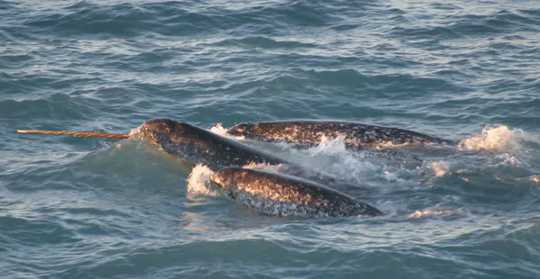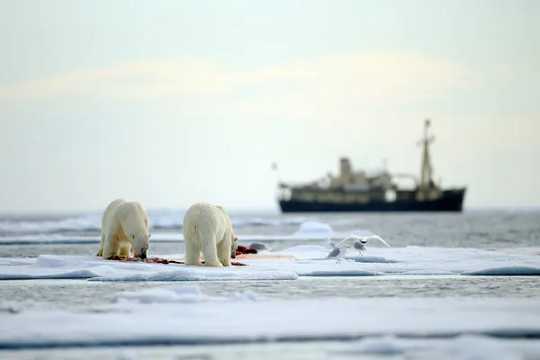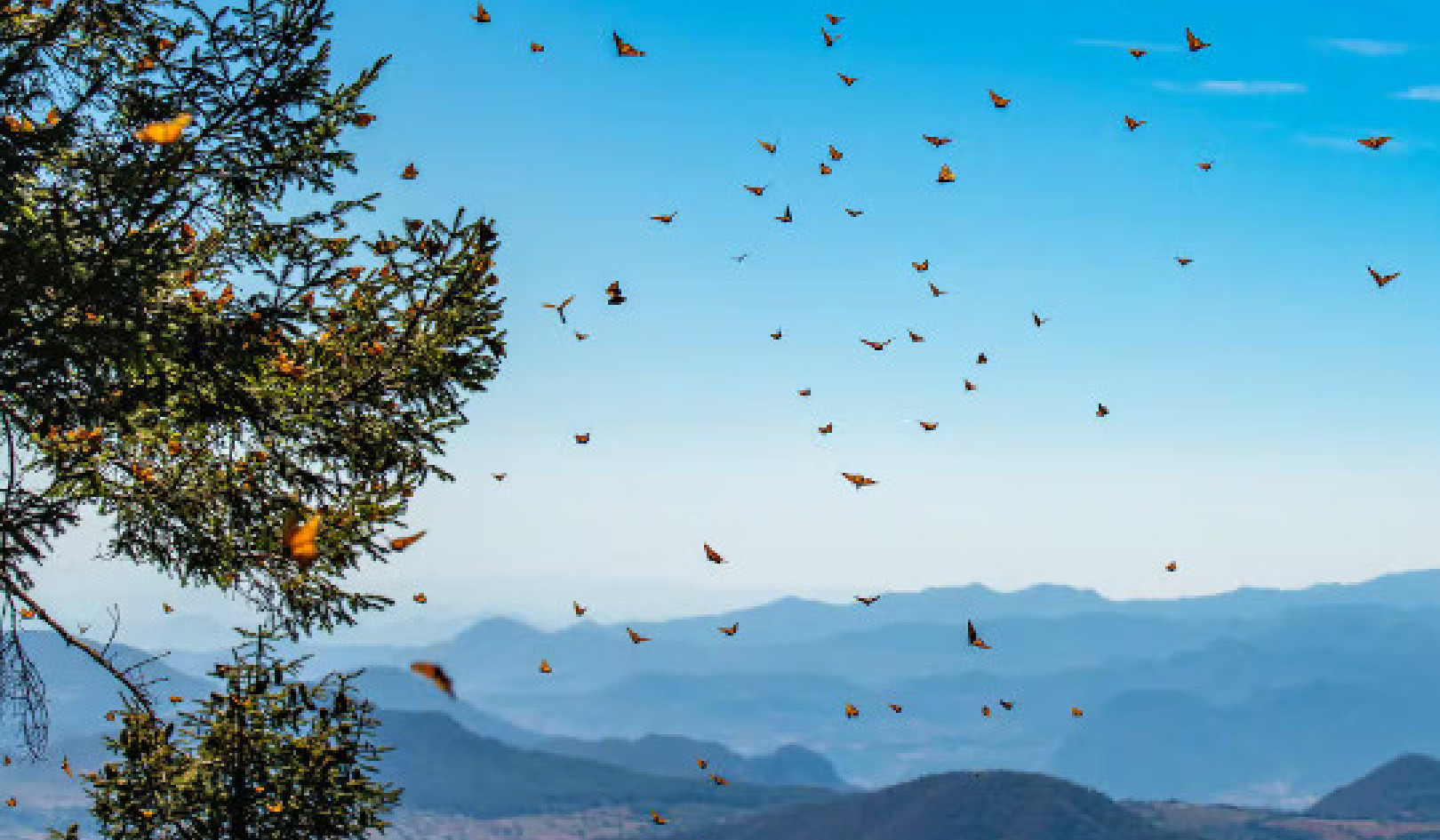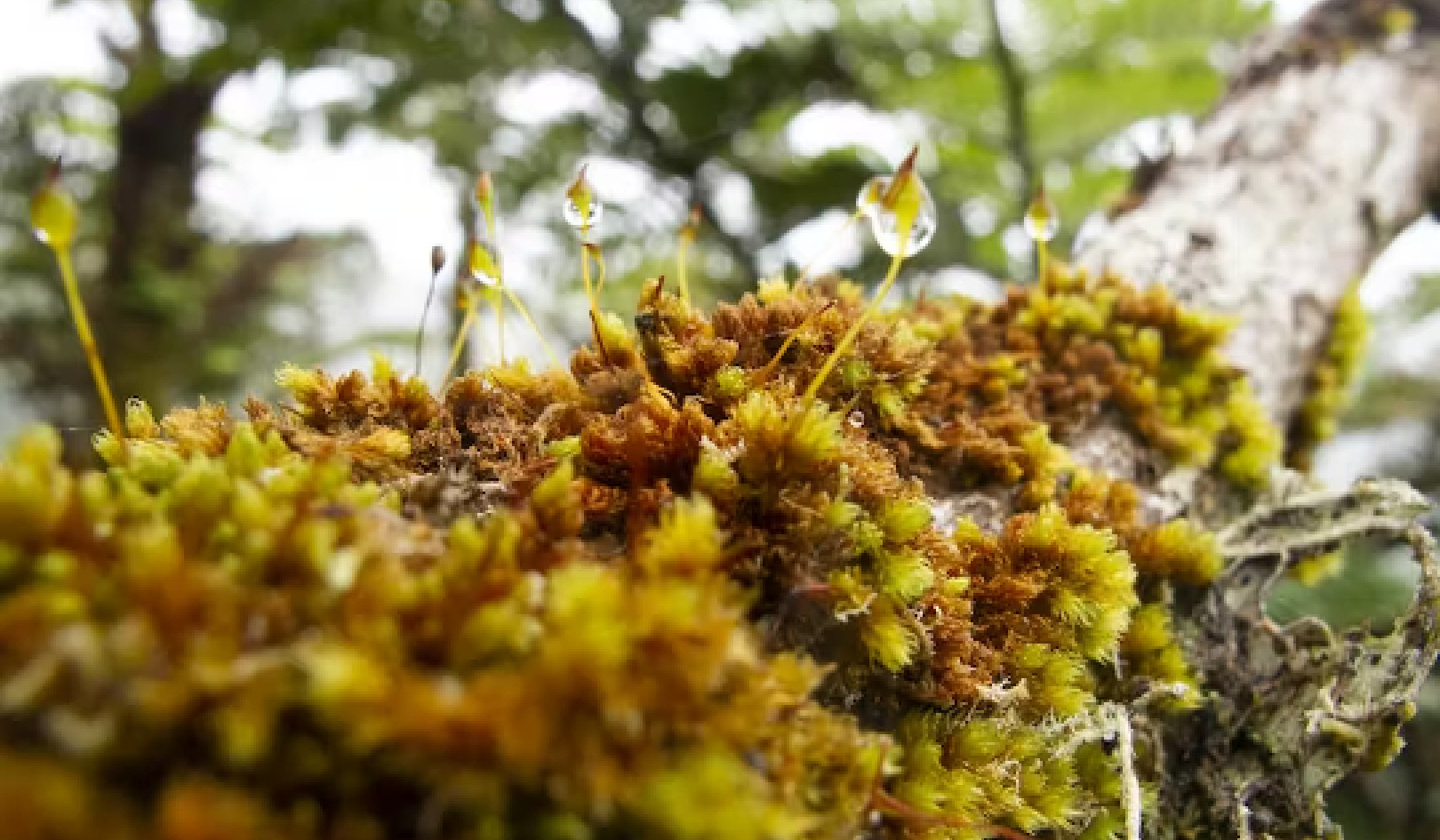The bleak history of whaling pushed many species to the brink of extinction, even in the remote waters of the north and south poles. Over 1.3 million whales were killed in just 70 years around Antarctica alone. The scale of this industrial harvest completely decimated many populations of large whales in the Southern Ocean. But nearly 40 years after commercial whaling ended, we’re finally seeing signs that some of the most heavily-targeted species are recovering.
In a recent study, scientists reported that blue whales, once prized by whalers for their gargantuan size, are increasing in number in the waters surrounding the sub-Antarctic island of South Georgia, with 41 new individuals catalogued over the past nine years. South Georgia saw around 3,000 blue whales killed each year at the hunt’s peak in the early 20th century. The waters surrounding the island are rich in the krill these whales eat, and scientists believe their return heralds a “rediscovery” of this oceanic larder by new generations.

Blue whales are thought to be the largest animals to ever exist. Anim Flickr/NOAA Photo Library
Similar signs of recovery have been documented for humpback whales around the western Antarctic Peninsula. In the far north, western Arctic bowhead whales appear to be approaching numbers last seen in pre-whaling days, while fin and minke whales are now regularly seen in the Chukchi Sea near Alaska.
With the whaling industry gone, polar seas are among the best places for these ocean giants to re-establish their populations. Their habitats here are still relatively pristine and, for the moment, contain fairly stable food supplies. The Arctic still hosts subsistence harvests by indigenous communities, though these hunts are carefully managed.
The 1984 suspension of commercial whaling prevented the extinction of large whales in polar waters, but it cannot protect them from the new pressures which will emerge as global warming reshapes these regions. So what do these rapid changes mean for the still fragile recoveries of polar whale species?
Let’s not blow it
Over the next few decades, whales at the poles will face several new sources of stress, from warming waters disrupting their food supply to pollution and commercial fishing. With less sea ice and longer ice-free periods in the summer, easier access to the Arctic and Southern oceans and their resources is tempting many industries to expand or establish themselves in these remote waters. Vessel traffic, particularly in the Arctic, is increasing, and whales are among the most vulnerable to the increasing noise and the potentially lethal threat of collision.

Narwhals are an Arctic species that is particularly vulnerable to boa t traffic.Dr. Kristin Laidre/NOAA Photo Library
We’ve learned how to minimise the impacts of human activity on whales in busier waters outside of the Arctic and Antarctic. As part of an ongoing research project funded by the European Commission, myself and colleagues are trying to apply those lessons in the Arctic, to help protect whales from the growing presence of shipping.
We know that slowing vessels down reduces the likelihood of fatal collisions with whales, and it has the added benefit of reducing how much noise the ships produce. Much like the speed restrictions planners place in busy town centres to reduce the risk of cars hitting pedestrians, we can create slow-down areas for ships in locations we know are used by whales.
The challenge in the Arctic is finding where such measures will be most effective, where they are safe to be implemented (ice already makes sailing in the Arctic dangerous) and how we can ensure such measures are carried out when people aren’t around to easily monitor compliance.

The Arctic isn’t as isolated and ice-bound as it once was. Ondrej Prosicky/Shutterstock
One source of stress that we can monitor and assess quite well is the prevalence of marine noise pollution, thanks to underwater recording devices called hydrophones. Large ships produce loud, low-frequency noise that can travel far underwater. Whales rely on sound to help them navigate their dark underwater habitats, but vessel noise can prevent them communicating and foraging effectively. It’s a bit like trying to talk to your friend in a crowded restaurant.
But for whales, this can be more than a simple annoyance, it can be deadly: one study found that ambient noise increased the risk of humpback mothers and calves being separated. Research is now underway in the Arctic to identify areas where increasing noise from ships may be affecting whales, and where action – such as moving shipping lanes further away – might help.
In many cases, fascination has replaced greed in our relationship with whales. We now understand them as useful indicators of ocean health, as well as highly intelligent beings with complex cultures which we have an obligation to protect.
Still, it has still taken more than 40 years to get where we are, and the fact that many whale populations – including belugas, bowheads and some humpbacks – are still struggling, suggests we still have a way to go. Not all the species commercial whalers once hunted appear to be recovering, even with long-term protection measures. Sperm whales in the southern hemisphere and western grey whales in the Russian Arctic are notable examples.
As scientists, we still have much to learn. But we know enough to understand that a far-sighted view of the needs and vulnerabilities of these beautiful creatures is necessary to preserve a future for them.
 About The Author
About The Author
Lauren McWhinnie, Assistant Professor in Marine Geography, Heriot-Watt University
This article is republished from The Conversation under a Creative Commons license. Read the original article.
Books on The Environment from Amazon's Best Sellers list
"Silent Spring"
by Rachel Carson
This classic book is a landmark in the history of environmentalism, drawing attention to the harmful effects of pesticides and their impact on the natural world. Carson's work helped to inspire the modern environmental movement and remains relevant today, as we continue to grapple with the challenges of environmental health.
Click for more info or to order
"The Uninhabitable Earth: Life After Warming"
by David Wallace-Wells
In this book, David Wallace-Wells offers a stark warning about the devastating effects of climate change and the urgent need to address this global crisis. The book draws on scientific research and real-world examples to provide a sobering look at the future we face if we fail to take action.
Click for more info or to order
"The Hidden Life of Trees: What They Feel, How They Communicate?Discoveries from A Secret World"
by Peter Wohlleben
In this book, Peter Wohlleben explores the fascinating world of trees and their role in the ecosystem. The book draws on scientific research and Wohlleben's own experiences as a forester to offer insights into the complex ways that trees interact with one another and the natural world.
Click for more info or to order
"Our House Is on Fire: Scenes of a Family and a Planet in Crisis"
by Greta Thunberg, Svante Thunberg, and Malena Ernman
In this book, climate activist Greta Thunberg and her family offer a personal account of their journey to raise awareness about the urgent need to address climate change. The book provides a powerful and moving account of the challenges we face and the need for action.
Click for more info or to order
"The Sixth Extinction: An Unnatural History"
by Elizabeth Kolbert
In this book, Elizabeth Kolbert explores the ongoing mass extinction of species caused by human activity, drawing on scientific research and real-world examples to provide a sobering look at the impact of human activity on the natural world. The book offers a compelling call to action to protect the diversity of life on Earth.

























